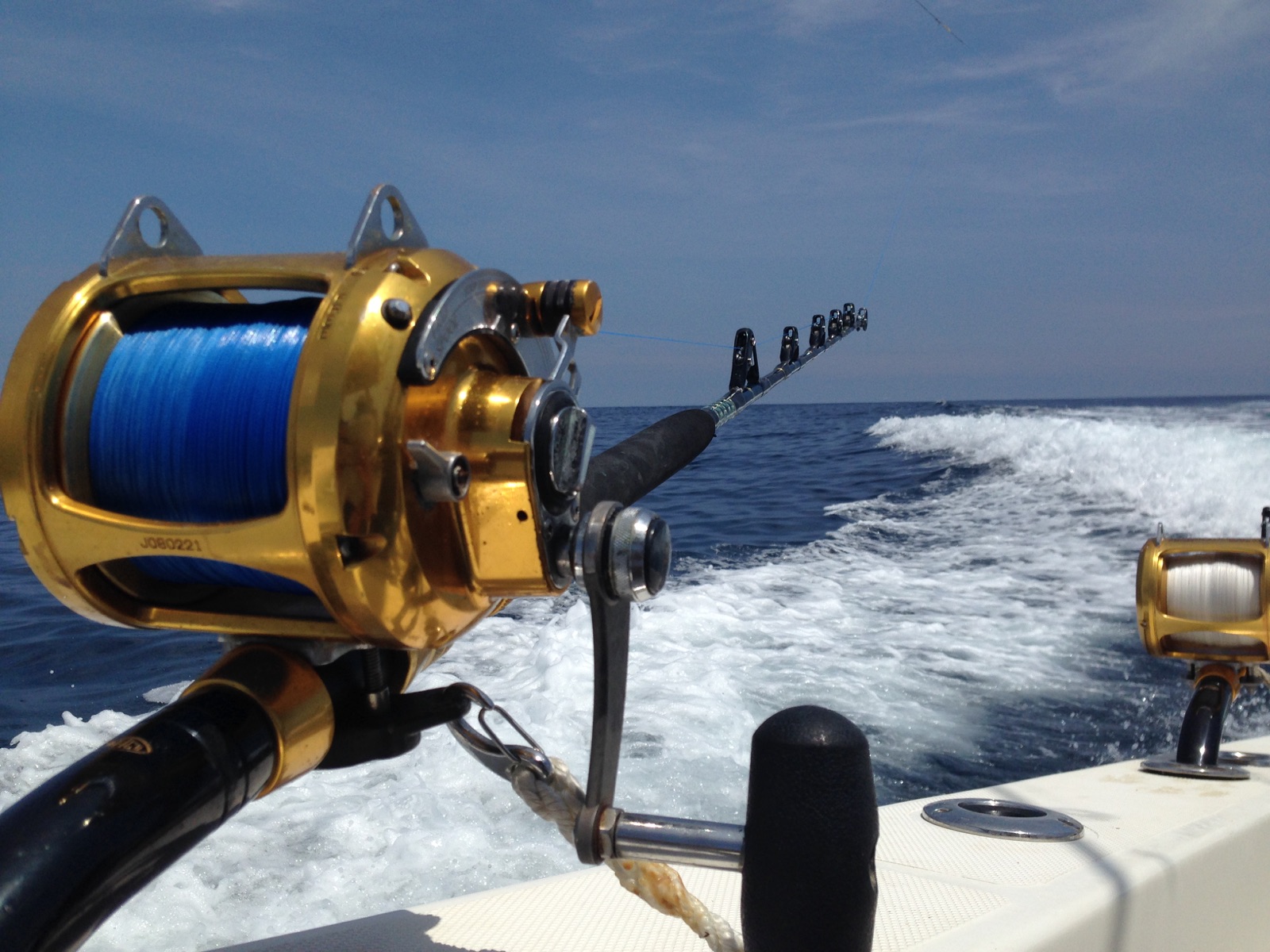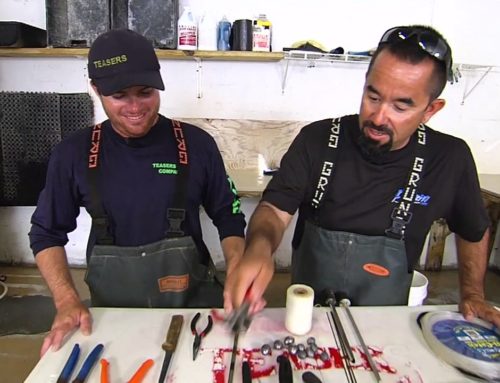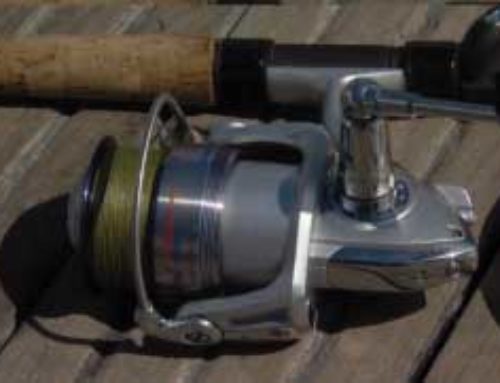Line diameter is crucial in the selection of traditional fishing lines, and as technology spawns more choices in raw material and polymer extrusion processes continue to advance, specific line selection becomes even more complex. Additionally, considerations must include everything from target species, reel class and line capacity, and a host of environmental factors—all of which must be factored into a multi-dimensional decision.
Now consider braided fishing lines and their inherent characteristics, and its easy to understand why the introduction of multifilament super lines has both complicated and simplified the decision making process when attempting to buy the best line for your particular application.
Monofilament fishing line comparisons use a collection of specifications to separate one monofilament from the other, including breaking strength, stretch factor, diameter, clarity, roundness and base material, which may include polyamides, nylons, fluorocarbon or polyethylene. In the past, these metrics were sufficient to select and justify, or defend a particular line choice for any specific fishing application. However as with many modern marvels, the description and comparison among braided fishing lines requires serious caution and some additional attention to detail. Nowhere is this more evident or important than in the precise measurement and comparison of braided fishing line diameter.
The angling benefits of fishing with braid include greatly reduced diameters at stated strength, substantially greater line capacity, reduced line stretch, and heightened sensitivity. The use of modern super lines in freshwater, saltwater and principally fast-water fisheries has exploited the ultra-thin, zero-stretch qualities of braid. In combination with other factors, ultra-thin braid has allowed anglers to explore new depths, to improve bait presentation, and to evolve an array of new techniques never before dreamed of. But how do you pick the perfect braid?
Measuring the precise diameter of a multifilament product presents real challenges. The simple fact is that it is extremely difficult to accurately gauge diameter on a braided product. It is simply not the same as monofilament nor can it be treated or measured the same way, so don’t even try. The use of a caliper or micrometer requires that great care be taken when applying pressure through the measuring device. At the thinnest braid diameters, this variation can lead to significant swings in reported diameters. This becomes especially true when measuring and comparing hollow core products. Sadly, the lack of industry standards for the precise measurement of braid makes manufacturer comparisons relatively inaccurate and somewhat confusing to the angling public. Basically, anyone can say, or publicize whatever they would like without providing a clear explanation.
When comparison-shopping, keep in mind diameter also determines the line capacity of your fishing reel of choice. For this reason, a number of line manufacturers report a “monofilament equivalent diameter” for their braided fishing lines. This number serves as a proxy for fishermen calculating how much braid to purchase to fill one, or multiple reels. Whether you’re the do-it-yourself type or your reels were spooled at your favorite tackle shop, braided line is loaded on the reel under a considerable amount of tension. This implies that the slack is removed from the braided length and the line is made nearly round. It is under this condition that any braided line can be more accurately measured. In this way—the direct application of braid to the reel while under pressure—facilitates not only better diameter readings but more accurate line capacity estimates as well. Just ask your tackle shop.
In the meantime, the Internet remains a dangerous place and advertised braid diameters have limited accuracy. The limitations chiefly arise with product comparisons from one manufacturer to the next with many brands exercising some level of poetic license in the publication of their braid diameters. In the absence of uniform measurement standards, Diamond Braid chooses not to report diameters on our website, but rather to list diameters directly on our spool labels. For this reason, we strongly suggest you keep in mind that braid diameter is relative within a manufacturer and should only be used for estimating reel capacity, while keeping in mind that the stated measurement can be very misleading when comparing one brand of braided line to the next.





